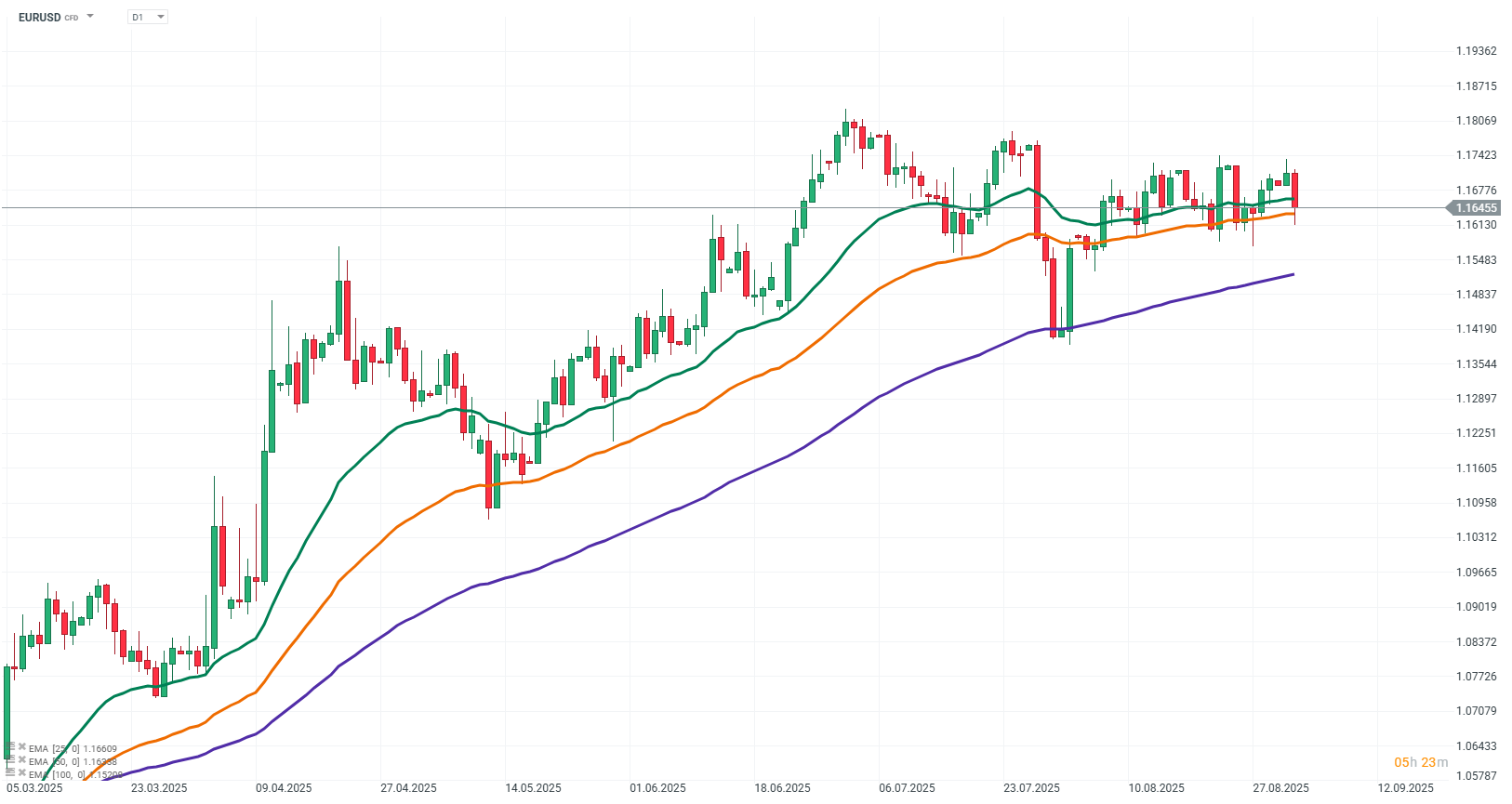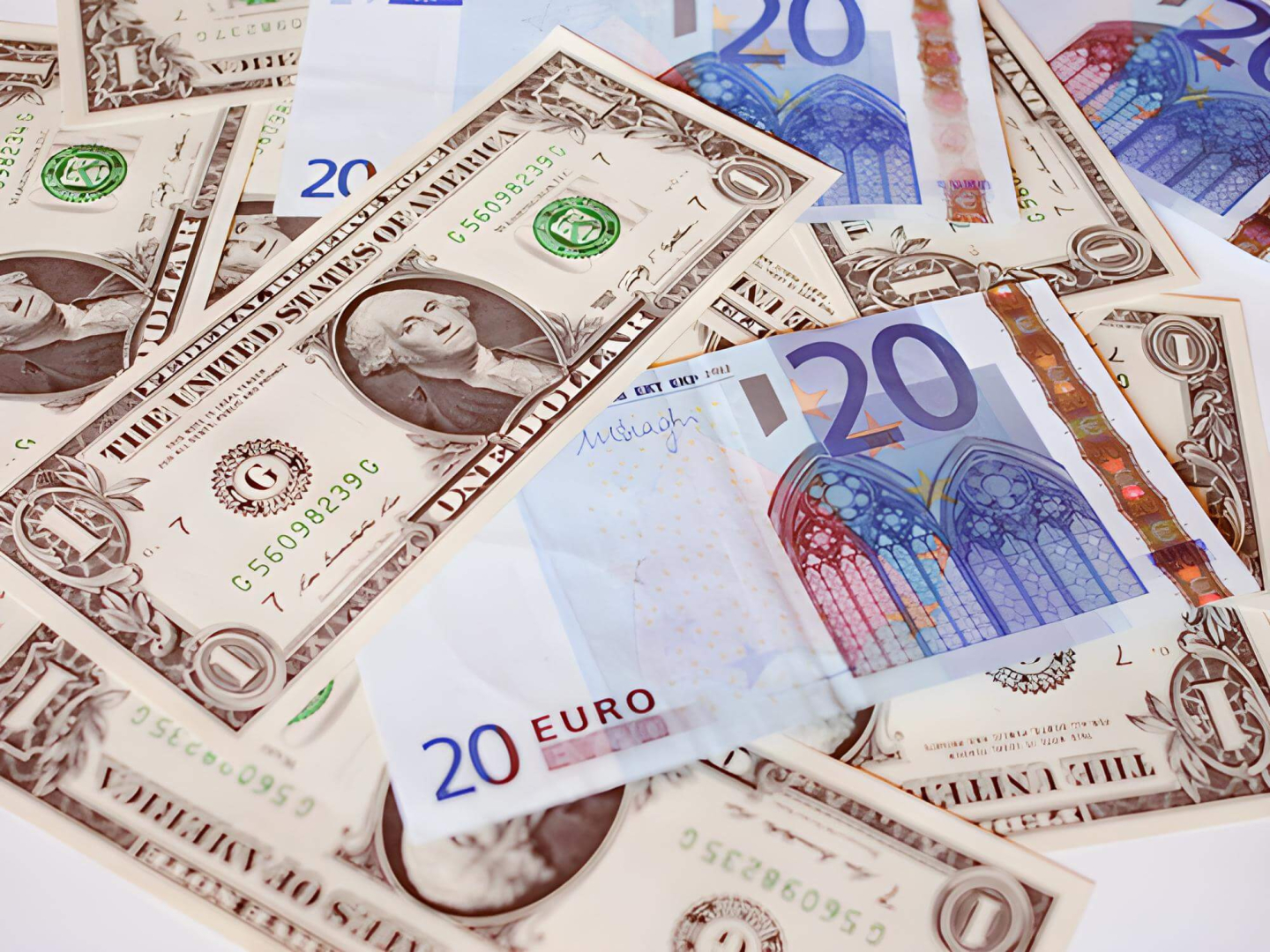In September, the EUR/USD pair came under pressure to weaken, despite inflation in the eurozone being slightly higher than expected. The HICP rose to 2.1%, while the core CPI remained at 2.3%. However, these figures failed to convince investors that the European Central Bank would change its accommodative monetary policy—the market rather expects interest rates to remain steady or even be lowered in the future. As a result, the euro missed the opportunity to strengthen, and its price started to retreat.
Meanwhile, the US dollar gained value despite a disappointing ISM Manufacturing reading of 48.7, benefiting from increasing risk aversion and its status as a safe haven. Investors are now awaiting key upcoming US data such as the ISM Services index and employment figures, which could influence the further direction of the pair.
Throughout this year, EUR/USD has maintained a clear upward trend. On the daily chart, the price reached a local high near 1.1735 before entering a corrective decline. The pullback found support around 1.1645, which corresponds to the confluence of the EMA20 and EMA50 moving averages (marked on the chart by green and orange lines, respectively). After bouncing from this area, the price entered a consolidation phase, indicating a pause in market decision-making.
Currently, the price is approaching resistance near 1.1735, which was the highest point in recent weeks. A break above this level could pave the way for further gains toward 1.1800. Conversely, if the price breaks below the EMA50/EMA20 support zone, there is a risk of a deeper correction toward the EMA100 level, located around 1.1520.

Source: xStation5
Daily summary: A green start to the new trading week 📈
NATGAS gains 12% 🚨📈
GOLD returns to ATH levels 📈
Crypto news: Bitcoin and Ethereum on the rise again 📈


